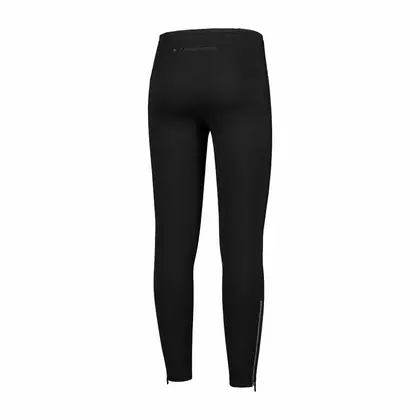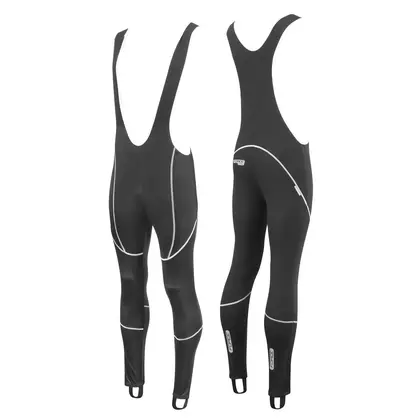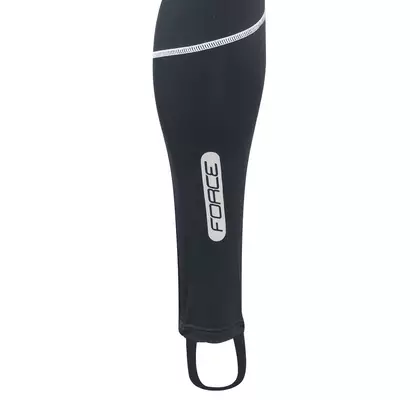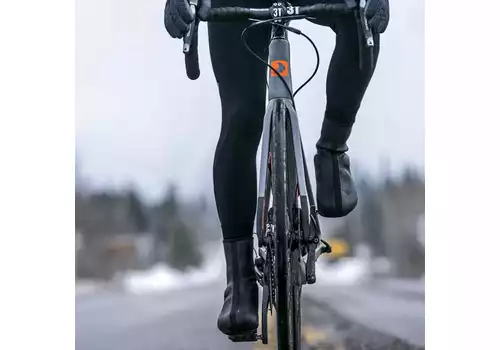
How to protect your knees in cold weather while cycling?
You don't know how to protect your knees / legs on colder days? Read our short guide on what you should have with you on colder days to ensure thermal comfort for your knees.
How to protect your knees from the cold while cycling?
Most often, cyclists see the causes of knee pain in incorrect leg work while riding, undeveloped one muscle group compared to the antagonist group, incorrect saddle position or blocks in the case of clipless pedals.
Few people realize that knee pain can be caused by cold and hypothermia of this part of the body. When the temperature drops below +10 degrees Celsius, special attention should be paid not only to the hands or feet (which seem to cool down the fastest), but above all to the knees.
Learn how to protect your knees from the cold.
How to protect your knees from getting cold while cycling?
The muscles of the legs heat up while cycling. This means that the cyclist often does not feel the cold. Knees are exposed to negative weather conditions. This part of the body is not covered by fat and muscle, which makes it more vulnerable to cooling down.
Most often in autumn and winter we put on long pants and thermoactive underwear, which protect the whole legs from cooling down. However, it is worth using knee warmers on colder days. Knee pads can also be combined with shorts and 3/4 trousers. It depends on individual preferences and the cyclist's resistance to cold.
Knee pads or leg pads for cycling
I collapsed on the rower is a solution that is used in combination with other elements of clothing. Knee warmers are in the form of fabric tubes, which usually reach from the middle of the thigh and end a few centimeters below the knee. Their task is to protect against cold and wind.
Inside, they are covered with a material whose task is to provide warmth (e.g. fleece). As a rule, the outer (top) layer is flexible and ensures a proper fit to the body.
When choosing knee pads, you should primarily be guided by their size. If they are too tight, they can cause discomfort and squeeze the thighs - especially during longer trips. Too loose protectors will slip off on their own, which can also be a nuisance.
Some models are additionally equipped with reflective elements that increase the visibility of the cyclist - especially after dark. An interesting functionality is also a silicone strip sewn inside. It prevents spontaneous slipping of the material from the thighs.
The task of the knee pads is to protect the joints against chilling and chilling. They are especially recommended for people who have complained about knee pain after long bike rides on colder days.
Knee pads are an alternative cycling legs. This is actually an elongated version of the knee pads. They have the same advantages as knee pads plus additionally protect not only the knees but also the entire calf.
The advantage of knee pads or leg guards is that you can always have them at hand, not necessarily on your knees. They can be packed into a backpack and put on during a break while driving, when we feel severe cold. In addition, the legs can also have a protective function in the summer - protecting against sunlight (non-insulated version, made of material like summer shorts cycling shorts).
3/4 leg cycling pants
Proper knee protection on cooler summer days and warmer autumn can be provided by 3/4 pants. They protect against the wind and are perfect for medium temperatures.
3/4 leg pants are a middle ground between shorts and long pants. They protect the thighs, knees and part of the calf against weather conditions. Some cyclists choose to use them in combination with longer socks or calf guards.
As with knee pads, they are usually made of a flexible material that adapts to the shape of the body. They can be enriched with reflective elements, which increases the visibility of the cyclist after dark.
Cycling long pants
Late autumn and winter is the time when it is especially important to take care of proper protection against the cold while riding a bicycle. An indispensable element of every cyclist in this period are Long trousers.
Long cycling pants can be made of stretchy, thinner material. There are also typical winter models - insulated, which are perfect for lower temperatures.
Long trousers in addition to reflective elements, they can be equipped with zippers at the bottom. They make it easier to put on and take off clothes, and provide a perfect fit to the calf and ankle.
This piece of clothing can be successfully combined with knee pads. The design of the knee pads allows you to put them directly on the pants, which gives additional protection to these sensitive points of the body.
Protecting your knees from the cold and other weather conditions is very important. Many people mistakenly attribute knee pain to overexertion. Meanwhile, in the autumn and winter, it is easy to cool down this part of the body, which is one of the main reasons for feeling pain after cycling.
.png?1677767993)
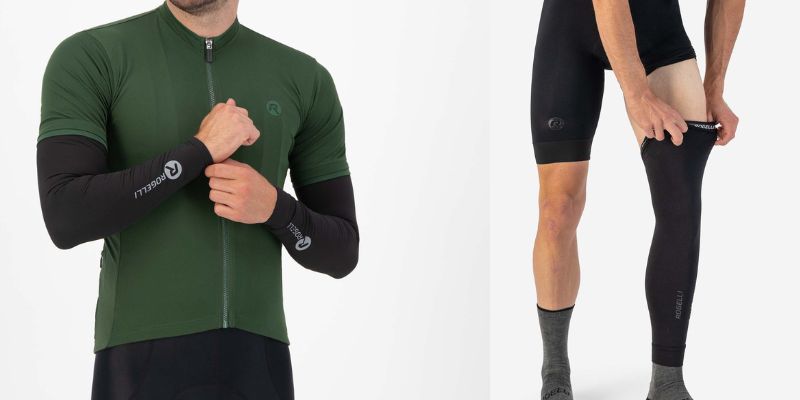
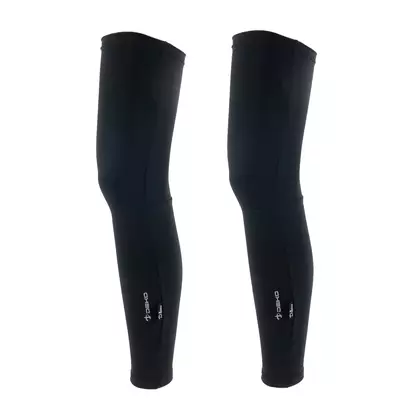
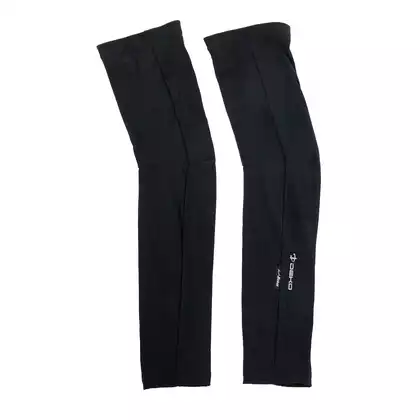
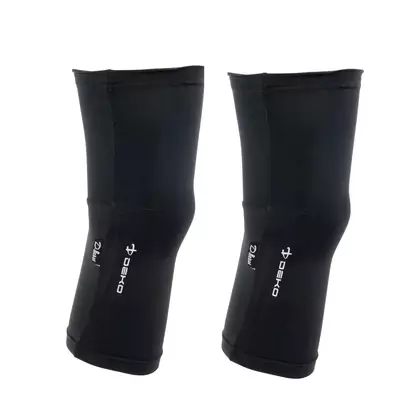
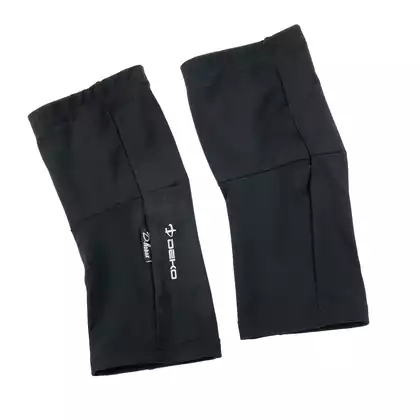
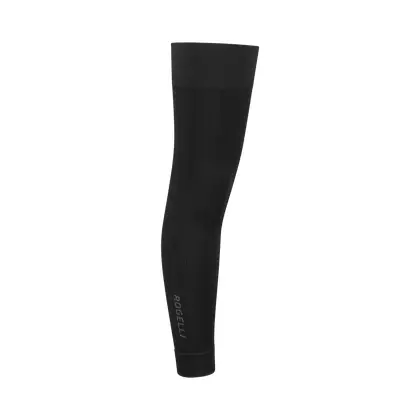
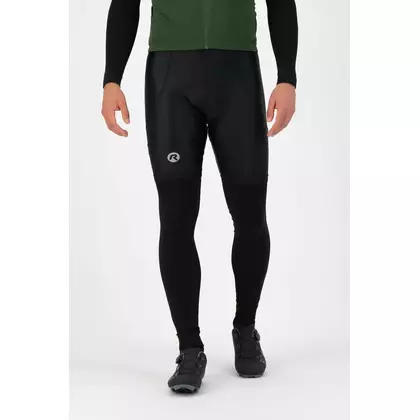
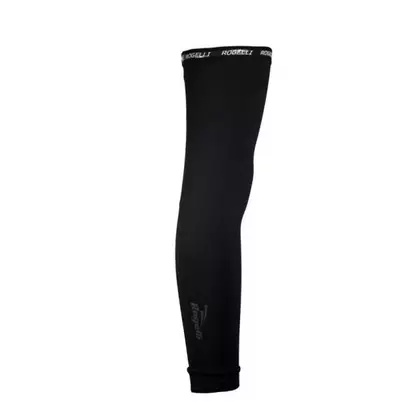
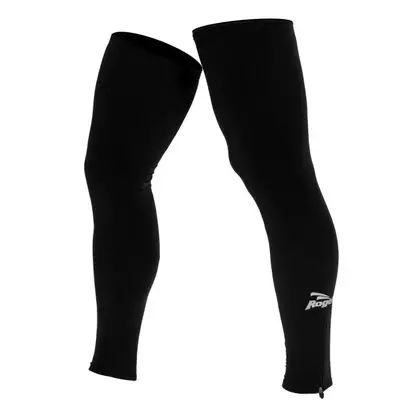
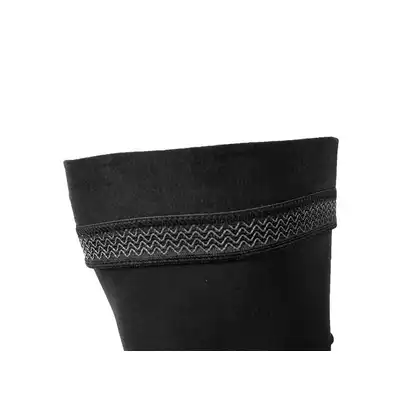
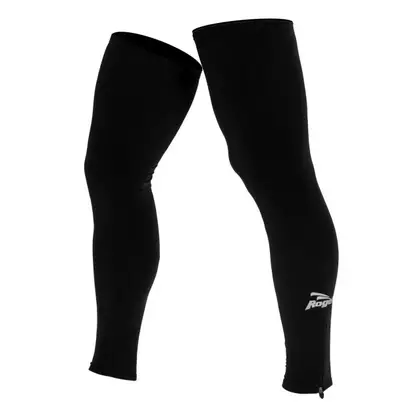
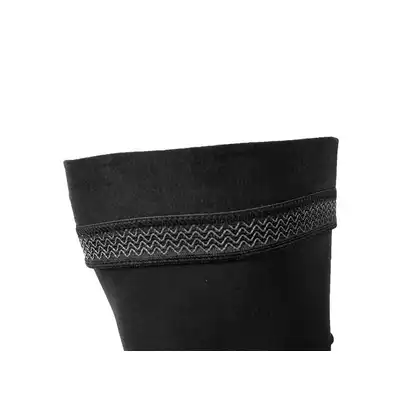
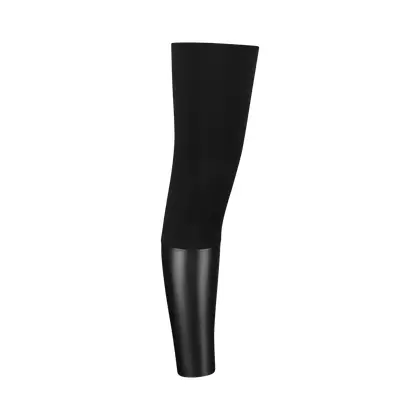
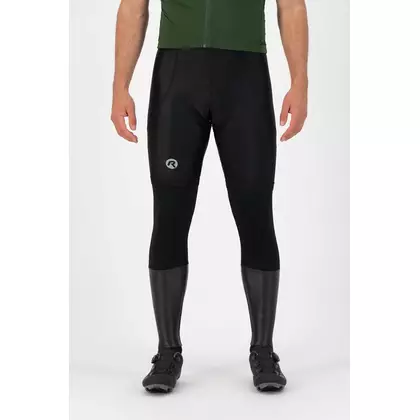
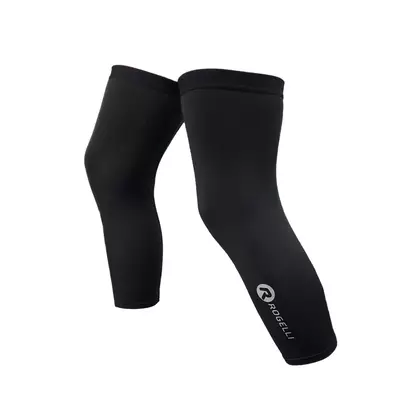
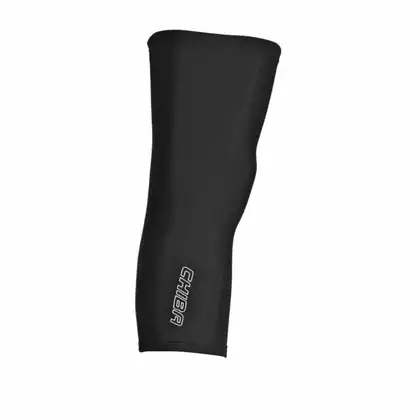
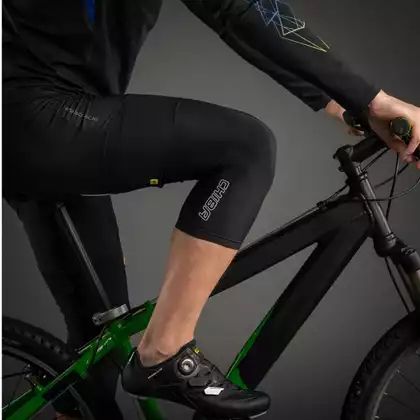
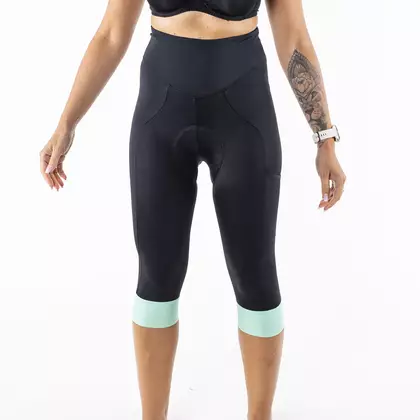
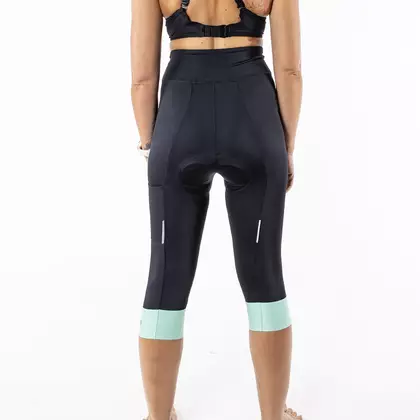
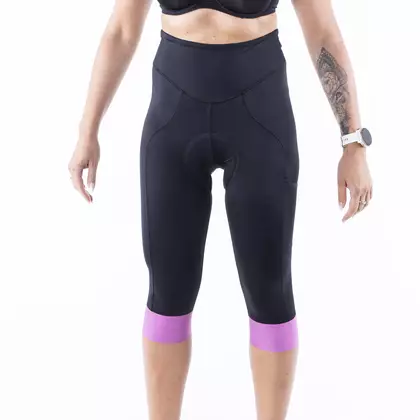
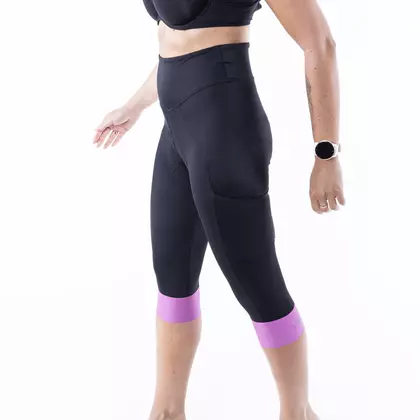
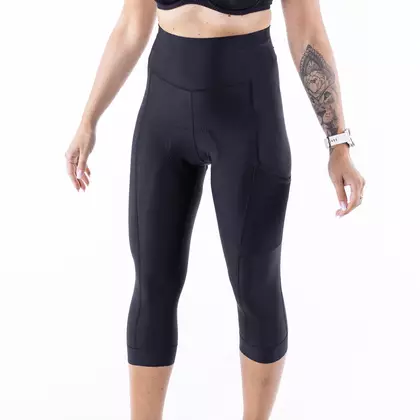
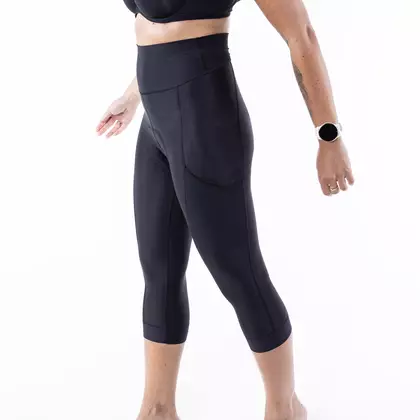
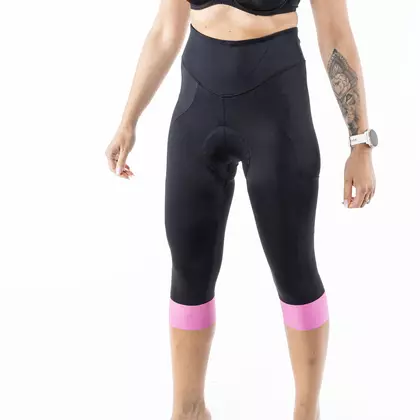
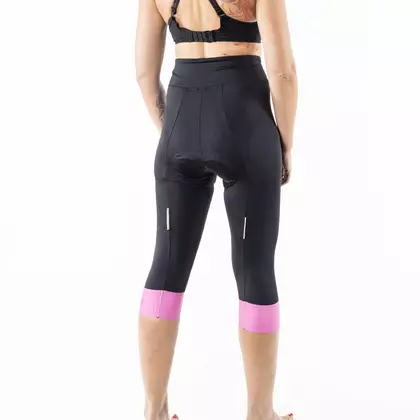
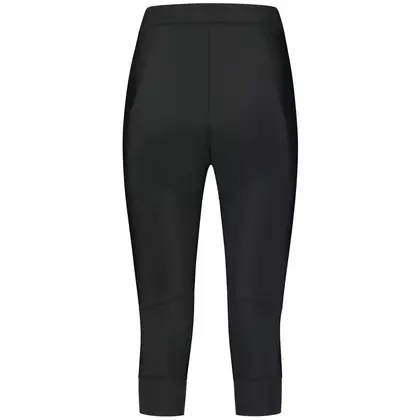
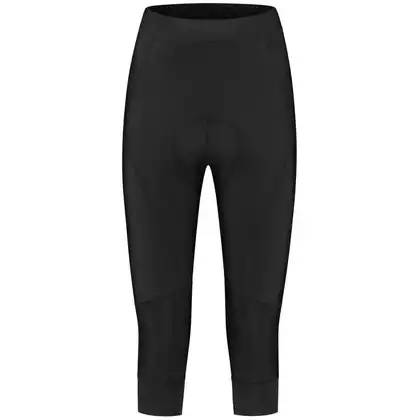
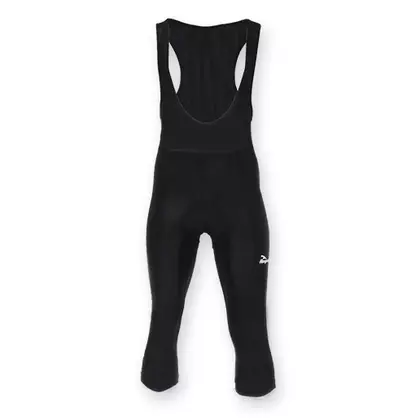
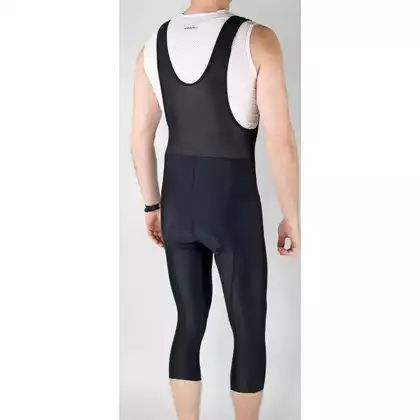
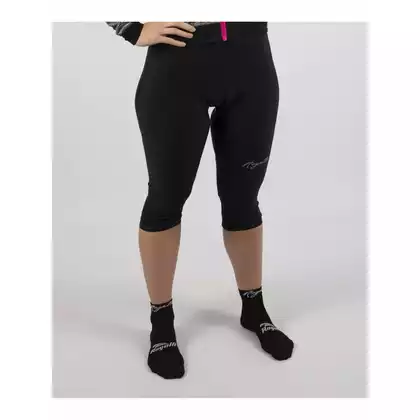
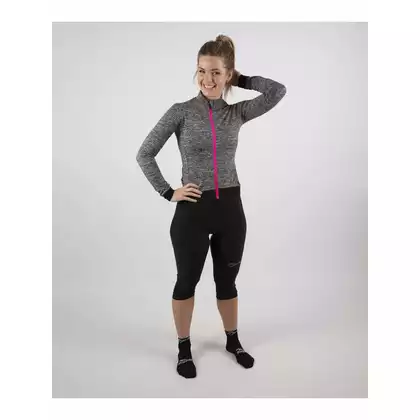
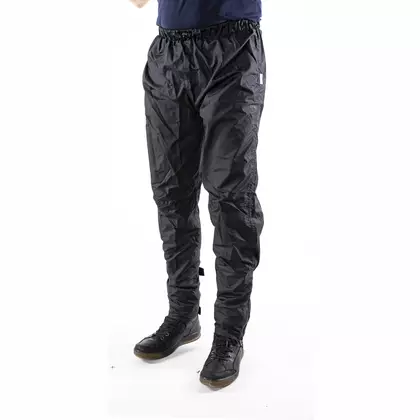
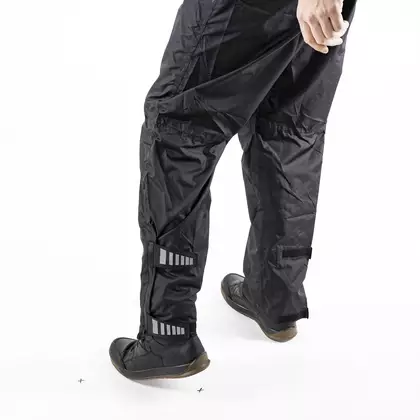
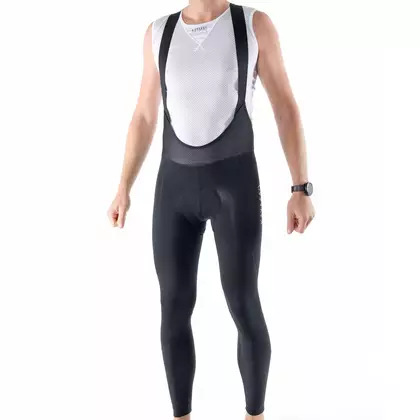
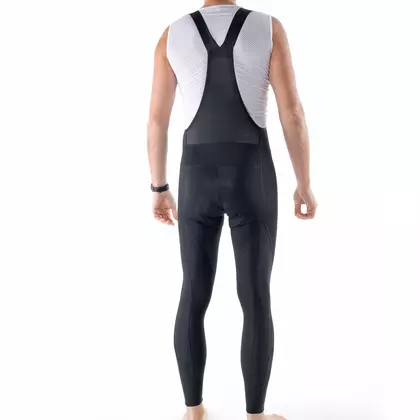
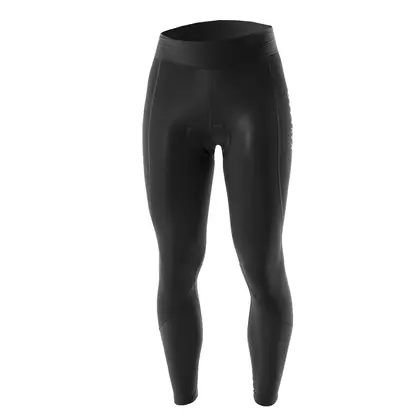
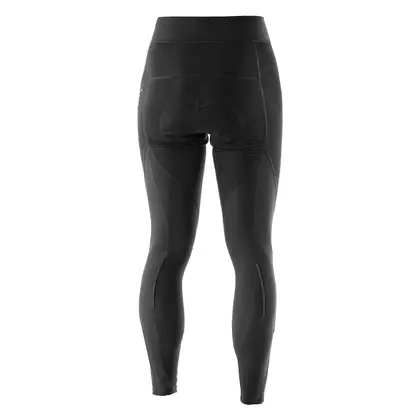
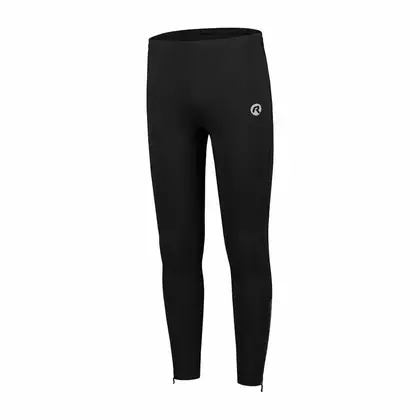
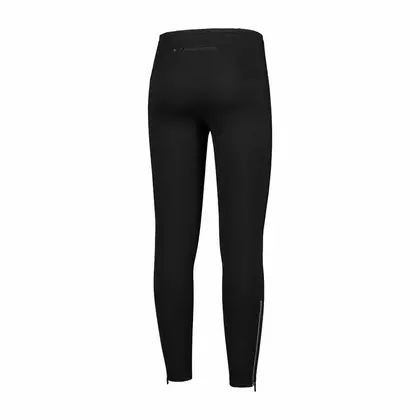
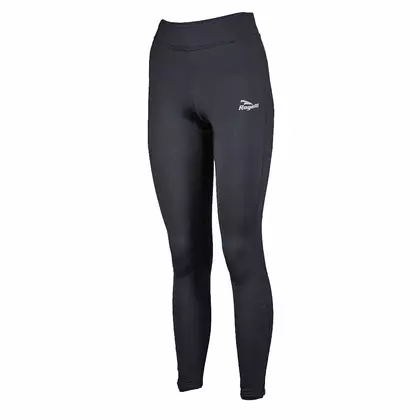
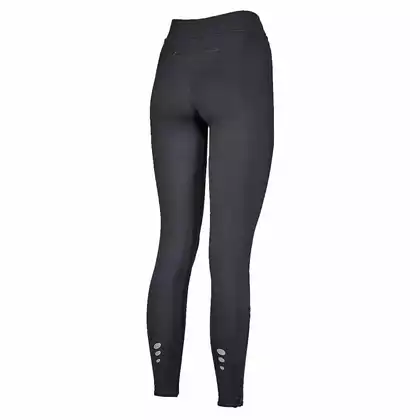
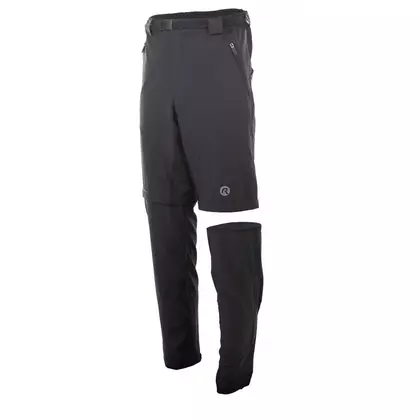
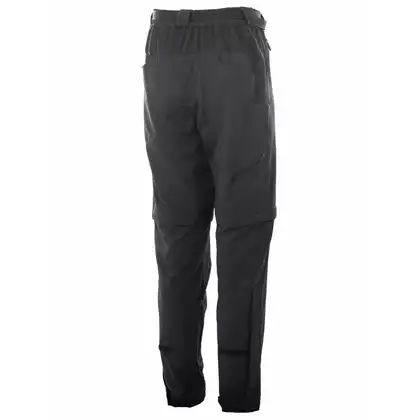
![[Set] KAYMAQ DESIGN men's insulated cycling shorts with braces KYBT34, black + DEKO insulated bicycle legs D-ROBAX, black](https://www.mikesport.eu/img/imagecache/28001-29000/product-media/Set-KAYMAQ-DESIGN-men-s-insulated-cycling-shorts-with-braces-KYBT34-black-DEKO-insulated-bicycle-legs-D-ROBAX-black-82595-420x420.webp)
![[Set] KAYMAQ DESIGN men's insulated cycling shorts with braces KYBT34, black + DEKO insulated bicycle legs D-ROBAX, black](https://www.mikesport.eu/img/imagecache/28001-29000/product-media/Set-KAYMAQ-DESIGN-meskie-ocieplane-spodenki-rowerowe-na-szelkach-KYBT34-czarne-DEKO-ocieplane-nogawki-rowerowe-D-ROBAX-czarne-82589-420x420.webp)
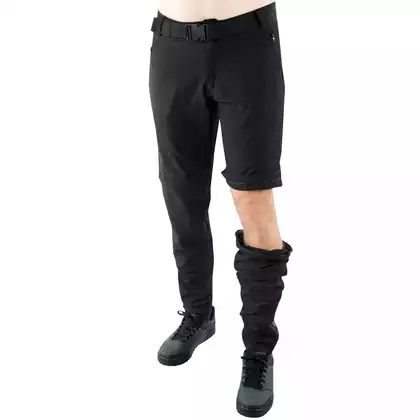
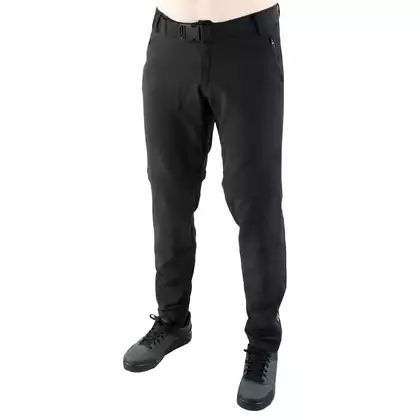
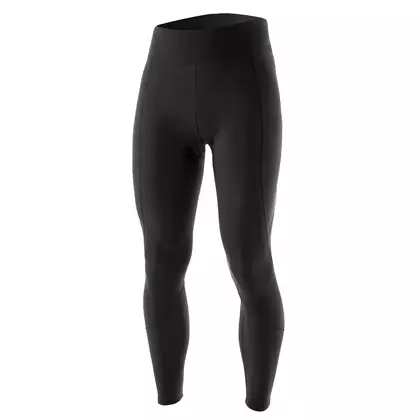
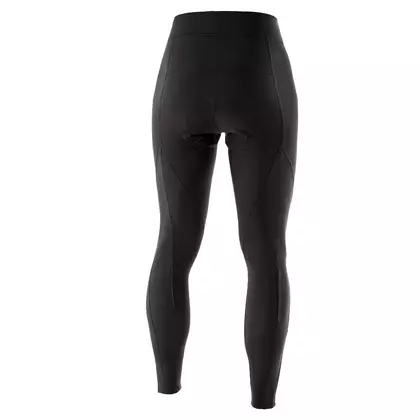
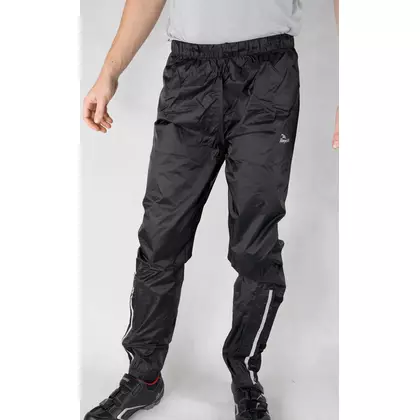
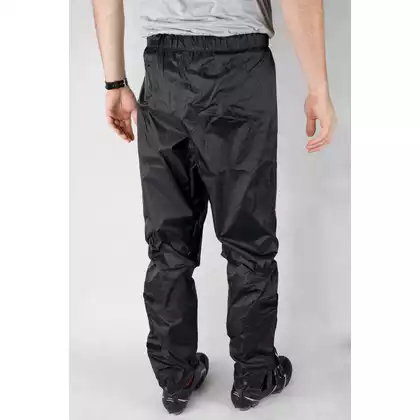
-420x420.webp)
